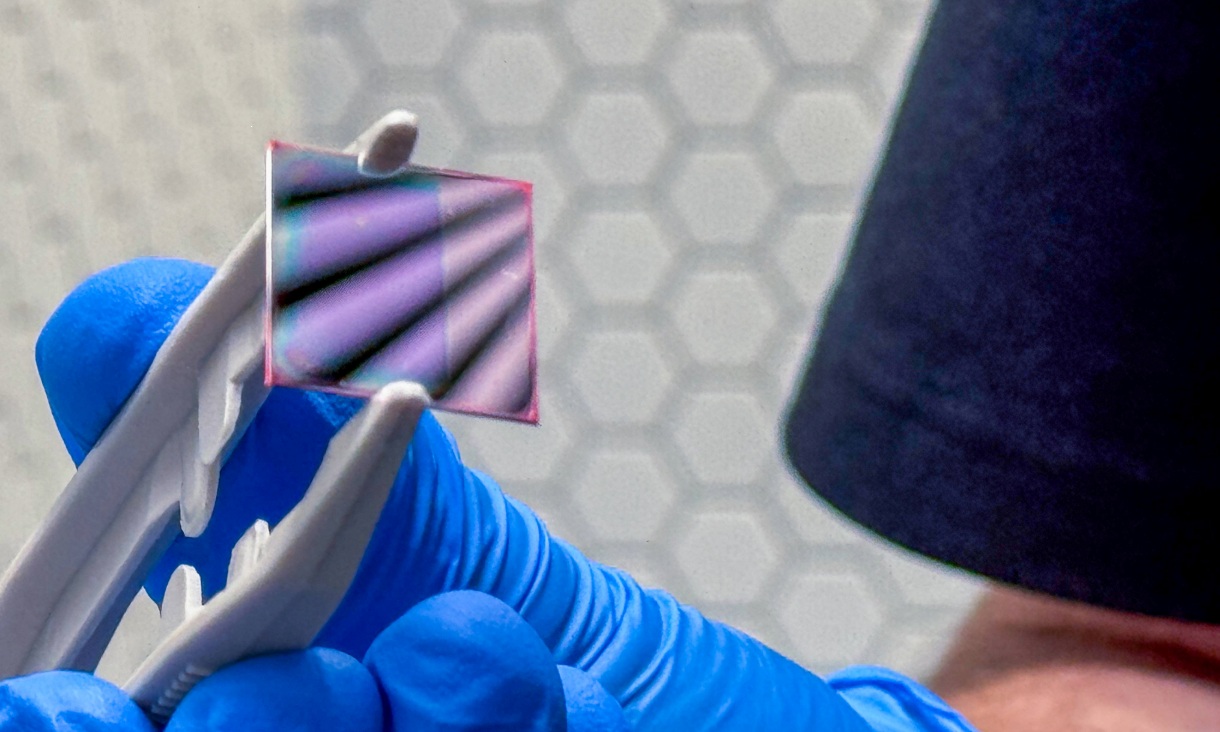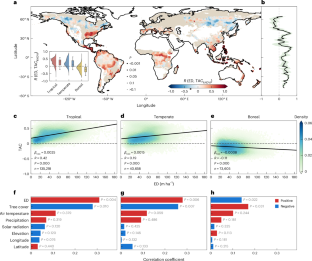2025-07-09 ロイヤルメルボルン工科大学(RMIT)
 The team created an experimental device to test their method. Image: RMIT
The team created an experimental device to test their method. Image: RMIT
<関連情報>
- https://www.rmit.edu.au/news/all-news/2025/jul/quantum-battery-device
- https://journals.aps.org/prxenergy/abstract/10.1103/bhyh-53np
- https://www.science.org/doi/10.1126/sciadv.abk3160
分子三重鎖を用いたディッケ量子電池の自己放電時間の延長 Extending the Self-Discharge Time of Dicke Quantum Batteries Using Molecular Triplets
Daniel J. Tibben, Enrico Della Gaspera, Joel van Embden, Philipp Reineck, James Q. Quach, Francesco Campaioli, and Daniel E. Gómez
PRX Energy Published: 23 June, 2025
DOI: https://doi.org/10.1103/bhyh-53np
Abstract
Quantum batteries, quantum systems for energy storage, have gained interest due to their potential scalable charging power density. A quantum battery proposal based on the Dicke model has been explored using organic microcavities, which enable a cavity-enhanced energy-transfer process called superabsorption. However, energy-storage lifetime in these devices is limited by fast radiative emission losses, worsened by superradiance. Here, we demonstrate a promising approach to extend the energy-storage lifetime of Dicke quantum batteries using molecular triplet states. We examine a type of multilayer microcavity where an active absorption layer transfers energy to the molecular triplets of a storage layer, identifying two regimes based on exciton-polariton resonances. We tested one of these mechanisms by fabricating and characterizing five devices across a triplet-polariton resonance, showing that triplet population is maximized when the lower polariton and triplet state are isoenergetic. We found that one of these devices can store energy for 40.3 ± 0.4 s, a 103-fold increase in storage time compared to previous demonstrations. We conclude by discussing potential optimization outlooks for this class of devices.
有機マイクロ共振器における超吸収: 量子電池を目指して Superabsorption in an organic microcavity: Toward a quantum battery
James Q. Quach, Kirsty E. McGhee, Lucia Ganzer, Dominic M. Rouse, […] , and Tersilla Virgili
Science Advances Published:14 Jan 2022
DOI:https://doi.org/10.1126/sciadv.abk3160
Abstract
The rate at which matter emits or absorbs light can be modified by its environment, as markedly exemplified by the widely studied phenomenon of superradiance. The reverse process, superabsorption, is harder to demonstrate because of the challenges of probing ultrafast processes and has only been seen for small numbers of atoms. Its central idea—superextensive scaling of absorption, meaning larger systems absorb faster—is also the key idea underpinning quantum batteries. Here, we implement experimentally a paradigmatic model of a quantum battery, constructed of a microcavity enclosing a molecular dye. Ultrafast optical spectroscopy allows us to observe charging dynamics at femtosecond resolution to demonstrate superextensive charging rates and storage capacity, in agreement with our theoretical modeling. We find that decoherence plays an important role in stabilizing energy storage. Our work opens future opportunities for harnessing collective effects in light-matter coupling for nanoscale energy capture, storage, and transport technologies.



